With the increasing height and residential capacity of apartment buildings, the challenge of proper ventilation is increasing as well. The risk of stale air and odor being transferred between apartment units is a pressing problem, especially between bathrooms.
Understanding how bathroom ventilation works in a apartments can help you to deal with issues of odors entering your home from other apartments.

Apartment bathroom fans vent to the outside. However, individual fans typically have their exhausts connected before exiting the building. In most cases, there is a damper that keeps the air from one bathroom from entering the neighbour’s unit.
Are Apartment Air Vents Connected?
In most cases, apartment air vents share a common ventilation shaft (there is another, less popular set up, which is discussed in the next section).
This is similar to how hotel bathrooms are vented, although there are some key differences.
The point at which each fan connects to the common shaft is protected against back-flow of air by a backdraft damper. There should also be another damper where the common vent terminates outside.
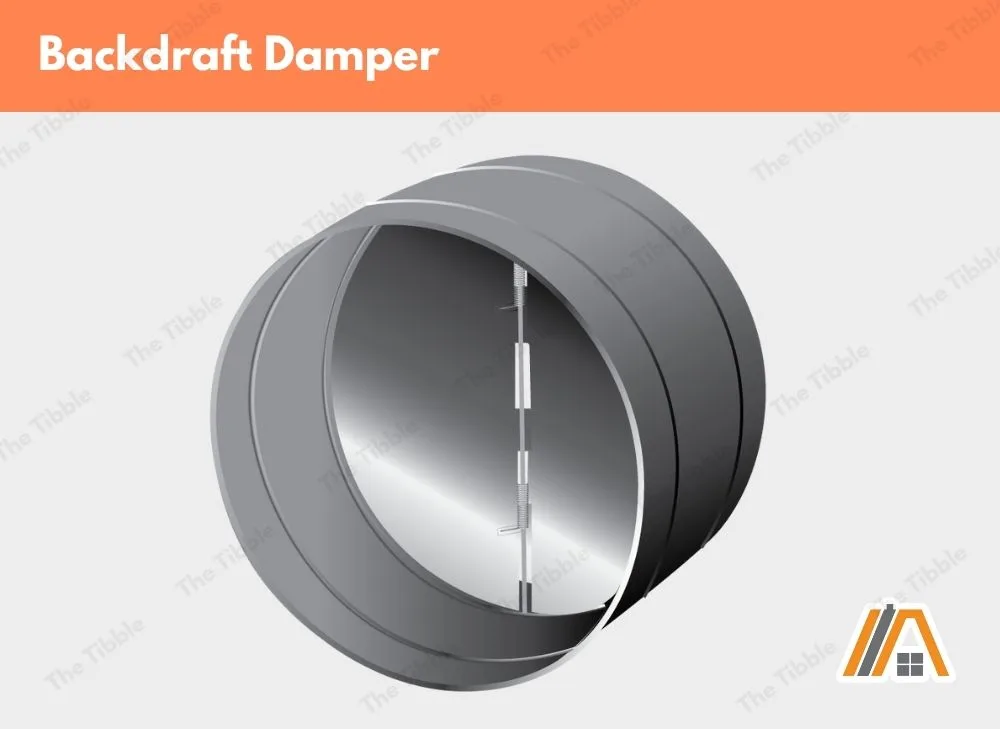
Not only will this stop your own exhausted air from coming back into the bathroom, it will also stop the air from your neighbors’ bathrooms coming in—assuming, of course, that the damper is air-tight.
If you experience odd odors coming from your ventilation openings, it can be a good idea to replace the damper.
I recommend AC infinity dampers (amazon link). They use quality rubber seals to prevent noise and any air leaks, and they have dampers from four to eight inches to fit most bathroom fan ducts.
How Does Apartment Ventilation Work?
All habitable buildings require adequate ventilation to ensure the circulation of air, removal of odor and humidity control. Ventilation can be achieved naturally or through mechanical means.
Natural ventilation involves using windows and external doors (if you have a balcony) and allowing air to flor naturally in through these. Any stale or polluted air in the apartment can also escape this way.
The use of equipment such as fans, vents, and ducts to control the inflow and outflow of air to maintain indoor air quality standards is classified as mechanical ventilation.
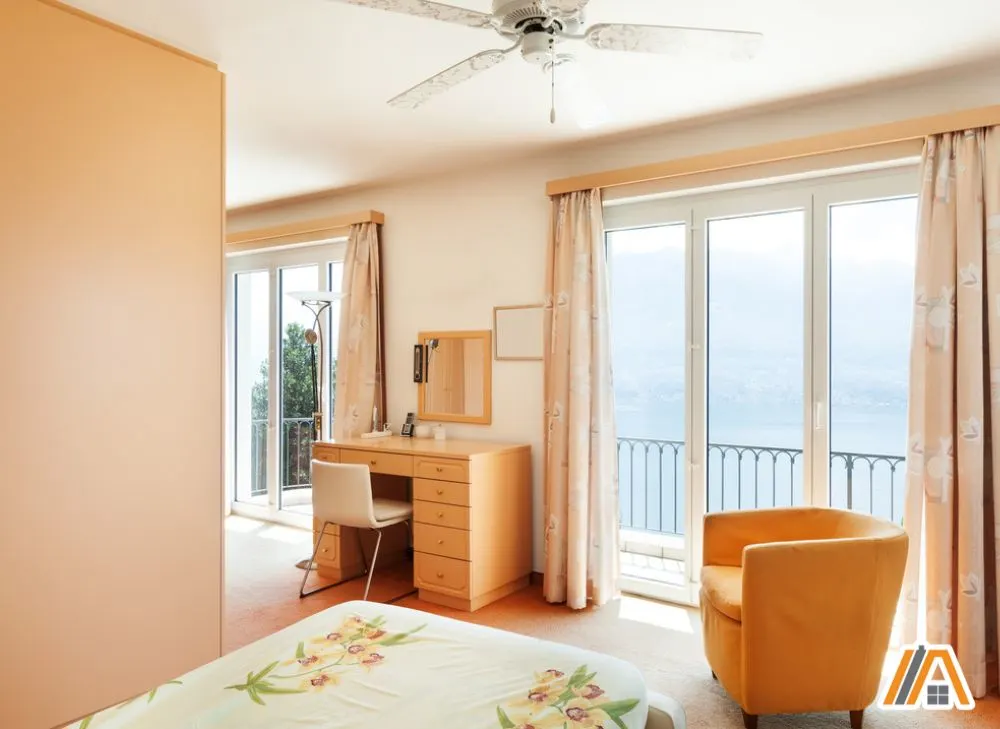
Most Multi Unit Residential Buildings (MURBs) are equipped with HVAC systems that run through the establishment and regulate this process mechanically.
Mechanical ventilation systems in apartments can be subcategorized as either centralized systems or compartmentalized/decentralized systems.
Usually, mid to high rise MURBs constructed after the 1960s have centralized ventilation systems as described in the previous section and depicted in the following image.
SKETCH 1
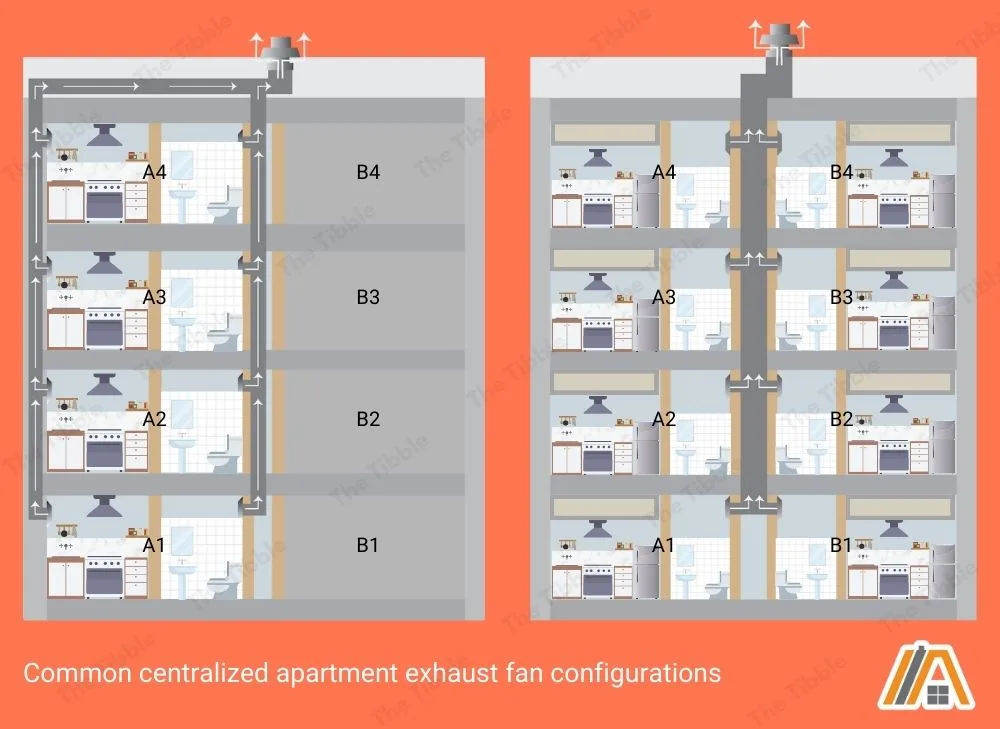
You will have a grill in your apartment bathroom, either on the wall or on the ceiling.
Sometimes, there is an exhaust fan behind this that leads to the individual duct, which connects to the common duct. This runs intermittently (i.e., you have control over its function).
Other times, there will be inline fans in the duct work that pull air out of your bathroom. Typically, these function continuously and you have no control over them.
There can be multiple common ducts per apartment block, depending on a couple of factors, including how the apartments are laid out and how many there are in the block.
A decentralized ventilation system would have individual ventilation networks for each apartment. You can imagine how impractical this would be in a MURB!
But if you live in a relatively small apartment block, then you might have this kind of ventilation system. It includes your own exhaust fan behind the bathroom grill, which leads to ductwork that terminates outside without joining up with that of any other apartments.
Can Smoke Travel Through Vents?
There are times when people residing in apartments have noticed that the air flowing out of their vents smells a lot like cigarette smoke.
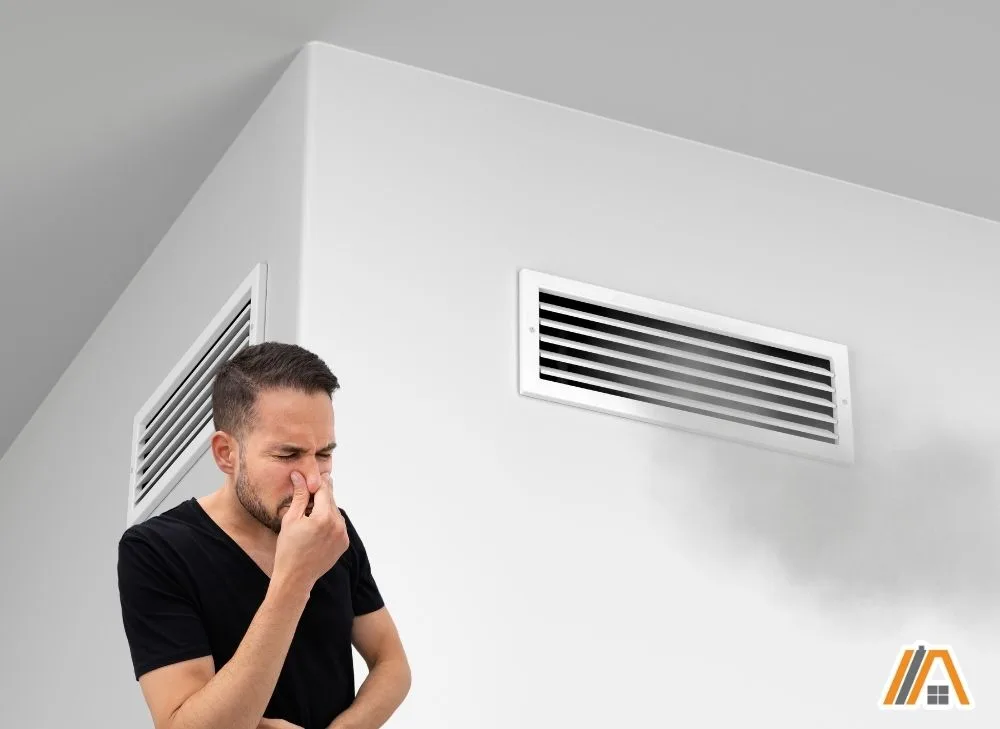
The dampers that I spoke about earlier are supposed to stop cigarette smoke from neighboring apartments from entering yours through the bathroom fan or other vents. However, the basic design and construction of the ventilation systems can also play a role.
Potential problems with the damper:
- It’s not there.
- The flaps are broken.
- The opening/closing mechanism has failed.
- It was installed at an angle, so there is a gap between the damper body and the duct walls.
Potential problems with the ducts themselves:
- Poorly layout can result in smoke collecting at certain points, which increases the chance of it moving in unwanted directions.
- Cracks or gaps in the ducts can allow cigarette smoke to leak out and enter through other gaps and cracks (possibly behind the damper).
If you do not smoke and you are sure no one in your home is sneaking a few cigarettes in the bathroom, then smelling smoke is something you will need to notify your landlord or building manager about, particularly with a centralized ventilation system.
Should this approach not yield any permanent solutions or be delayed, you can temporarily address the problem by fitting a carbon filter (amazon link) in front of the air duct.
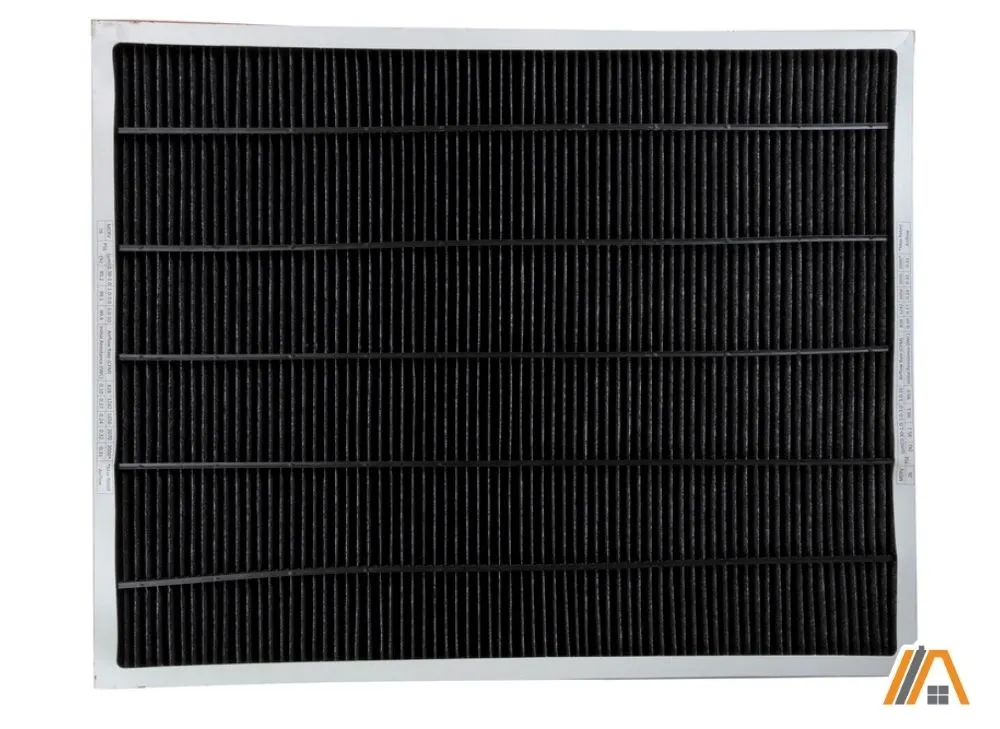
You just have to be aware that it can affect the efficiency of the bathroom fan and it is important to keep in mind that the filter needs to be replaced regularly to be effective.
You can also try masking the odor: alternative ways to keep your bathroom smelling fresh!
Another factor to bear in mind is that there are many ways for the smoke to transfer from one apartment unit to another adjacent one. This could be through pipes, gaps in insulation, electrical outlets, ceiling fixtures, windows, doors etc., so your vents might not actually be the issue.
Will a Bathroom Fan Get Rid of Smoke
A bathroom fan will exhaust cigarette smoke out of the house.
However, often bathroom fans are located on the ceiling, this makes it difficult to be very close to the fan. The further away you are from the fan, the more the smoke will spread.
It will probably eventually be cleared away (if it’s not, your bathroom fan might not be working properly), but the smoke will have had time to leave its mark on the bathroom, which brings us to the next point.
Will It Smell if I Smoke in the Bathroom?
It will smell if you smoke in the bathroom.
Firstly, you may think it doesn’t smell, but others can smell it. You were just experiencing odor fatigue (your body got used to the smell, so it’s no longer registering in your brain).

Secondly, if the smoke comes into contact with towels curtains, or even wood furniture, the smoke from cigarettes tends to be absorbed by the materials and linger on them, allowing others to smell it.
It can even stick to the walls. In such cases, the smell can linger and you might end up with unsightly yellow condensation after showering.
Basically, there is really no way to smoke in a bathroom without someone noticing. The same goes for most sneaky smoke hacks.
You might be able to get away with the occasional cigarette, smoked in a closed bathroom, with the bathroom fan running (leave it running for about 20 minutes after you’ve put the cigarette out).
You’d also need to first remove all the absorbent fabrics from the room (although you might want a towel to block the gap below the door).
If you can open a window at the same time, that would be ideal. But in this case, it would be better to just stick your head out of the window to smoke.
